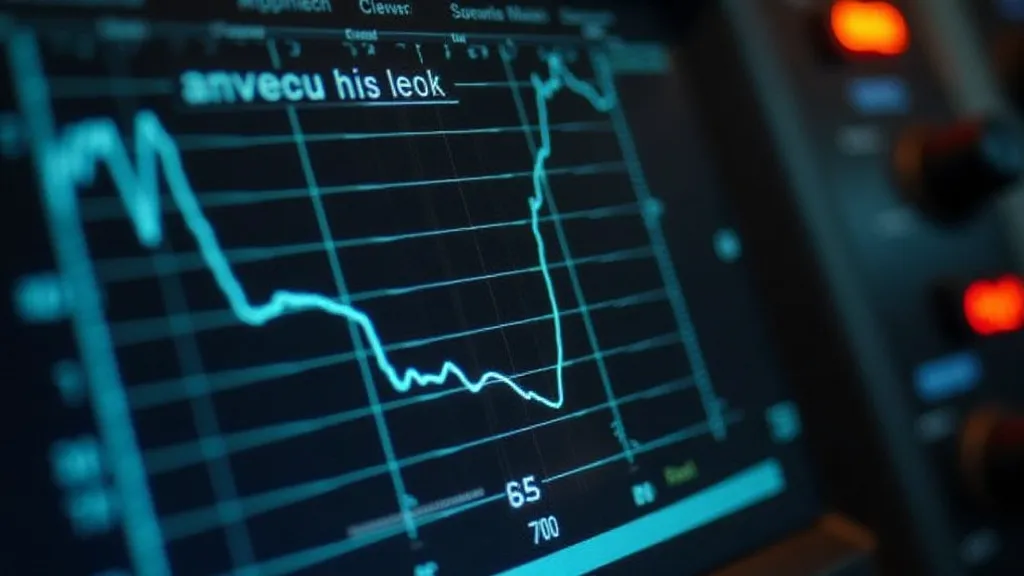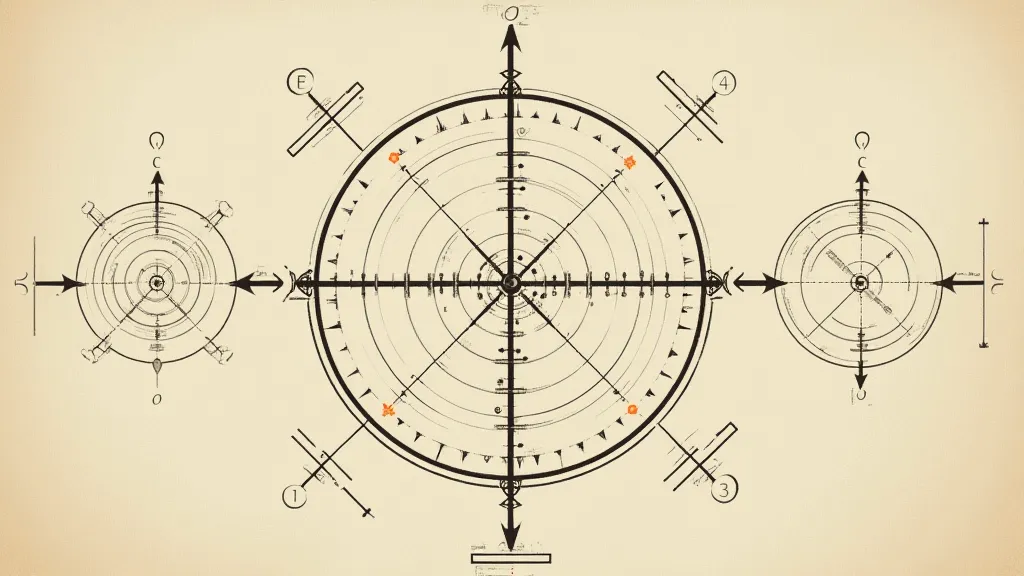Antenna Analyzers: Troubleshooting and Optimization
For the serious amateur radio enthusiast, a good antenna is only half the battle. Ensuring it’s performing optimally requires diagnostic tools and a methodical approach. This is where an antenna analyzer becomes an invaluable asset. While traditionally SWR meters were the primary diagnostic tool, antenna analyzers offer a far deeper understanding of your antenna system, allowing for targeted troubleshooting and significant optimization.
Understanding the Basics
An antenna analyzer doesn't transmit a signal; instead, it *sweeps* through a range of frequencies and measures various parameters, including:
- SWR (Standing Wave Ratio): The familiar measurement of impedance mismatch.
- Impedance (Z): The antenna’s resistance and reactance at each frequency. This is crucial for proper matching.
- Resistance (R): The real part of the impedance. Indicates how much power is dissipated by the antenna itself.
- Reactance (X): The imaginary part of the impedance. Positive reactance (capacitive) or negative reactance (inductive) needs to be addressed for efficient signal transfer.
These parameters, plotted on a graph (often referred to as a Smith Chart, discussed later), reveal much more than a simple SWR reading. They pinpoint the frequencies where problems lie and provide clues about antenna construction flaws or environmental interference.

Troubleshooting with an Antenna Analyzer
Let’s examine some common antenna problems and how an antenna analyzer can help identify them:
- High SWR at a Specific Frequency: This often indicates a resonance problem. The analyzer will show the resistance and reactance values. If the reactance is significant (either positive or negative), it means the antenna isn’t resonating correctly at that frequency. This could be due to incorrect component values, incorrect antenna dimensions, or proximity to metal objects.
- Broadband High SWR: This suggests a generally poor antenna design or significant environmental interference. The analyzer will show a high SWR across a wider range of frequencies.
- Unexpected Resonance: Sometimes, an antenna will resonate at a frequency you didn't intend. This can be caused by nearby metal objects acting as parasitic elements. The analyzer will pinpoint this unintended resonance frequency.
- Missing Resonance: The antenna isn't exhibiting any resonance at all. This is a more complex problem, potentially involving a broken connection, incorrect wiring, or a fundamental design flaw.
Understanding the Smith Chart
The Smith Chart is a circular graph that plots impedance. It’s a powerful visualization tool that goes beyond simple SWR readings. Understanding the Smith Chart allows for a more intuitive grasp of impedance matching. It’s not essential for basic troubleshooting, but advanced users find it incredibly helpful for complex antenna matching networks. The chart plots resistance and reactance coordinates, allowing you to visualize how changes to your antenna or matching network affect the overall impedance.

Optimization Techniques
Once you're comfortable using the analyzer for troubleshooting, you can leverage it for optimization:
- Fine-tuning Resonance: Slight adjustments to antenna dimensions, coil taps, or capacitor values can dramatically improve resonance and lower SWR.
- Matching Networks: Antenna analyzers help design and adjust matching networks (L-networks, Pi-networks, etc.) to transform the antenna’s impedance to a 50-ohm feedpoint.
- Baluns and Ununs: Confirming proper operation of baluns (for balanced antennas) and ununs (for single-to-balanced feed) is easily done with an antenna analyzer.
Practical Tips
- Calibrate Your Analyzer: Many analyzers require calibration. Consult your analyzer’s manual.
- Use a Quality Coax Cable: Poor coax can skew readings.
- Test in a Representative Environment: The environment significantly impacts antenna performance.
- Document Your Findings: Keep a log of your measurements and adjustments.

An antenna analyzer is an investment that pays dividends in improved antenna performance and a deeper understanding of radio communication principles. It transforms the process of antenna building from guesswork to a precise science.





